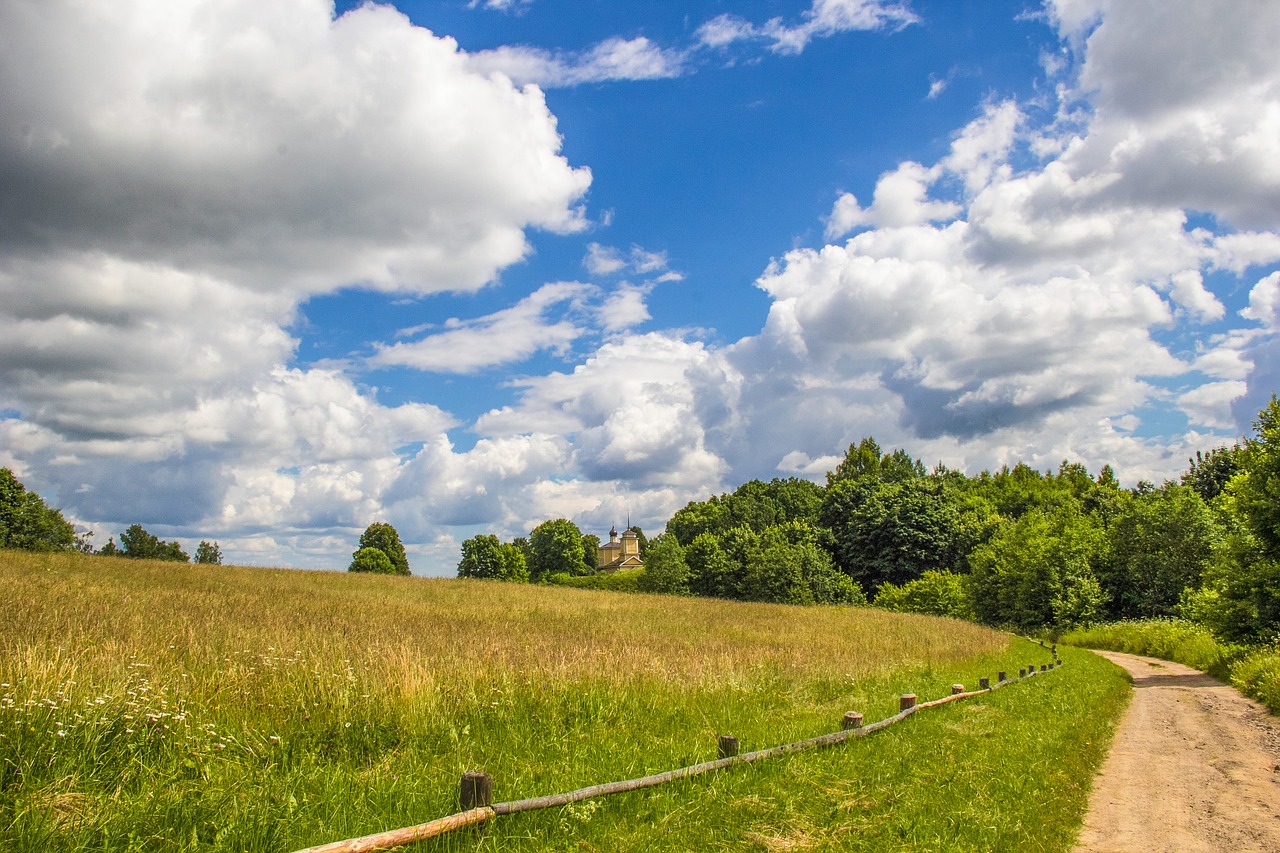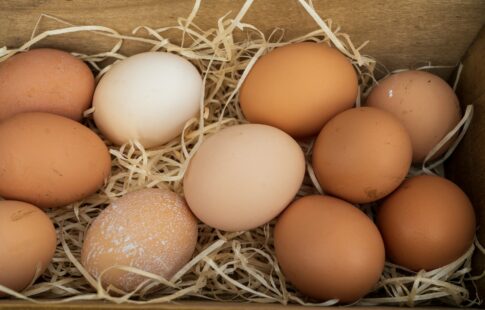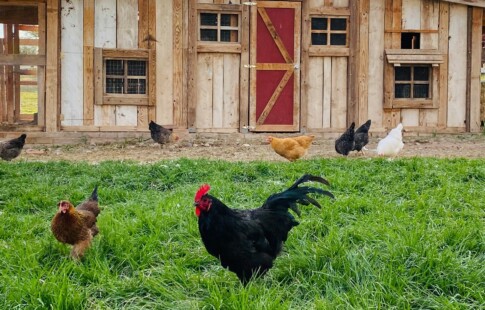
Homesteading Basics for New Homesteaders
We are reader-supported. When you buy through links on our site, we may earn affiliate commission.
Have you ever purchased something only to get home and realized you could have produced it on your own? Do you find yourself contemplating how our consumer-driven society isn’t a sustainable model? Do you wish you were more self-sufficient? Maybe it’s time you consider becoming a modern homesteader.
What is Homesteading?
The term might be familiar if you’re a history fanatic or remember anything from the last US history class you took. Taking its name from the Homestead Act of 1862, where land was given to families in an effort to encourage western migration, homesteading is a way of living characterized by self-sustainability. Modern homesteading is a mindset above anything else, a can-do attitude.
While the homesteading movement of 1862 was all about pioneers in the wild, today it’s all about self-sufficiency and building the skills to grow your own food. Many modern homesteaders will raise their own animals including chickens, ducks, quails, bees, goats, pigs and even in some cases, larger animals such as cows and horses. Some might even go “off the grid,” taking advantage of solar power, wind turbines and other alternative energy methods. There isn’t a checklist of what you must do to be considered a homesteader; rather it’s the way you think about and interact with the world around you.
Homesteading Basics for Beginners
It can be hard to decide where to start, especially if you don’t know anything about farming, raising animals, or going off the grid. Here are some tips to help demystify homesteading and get you started.
Start Small. While many new homesteaders want to do it all, that can lead to burning out and getting discouraged. It’s best to start with one or two homesteading skills and to spend the first six months to a year focusing on those before learning additional skills. Not only is this practical because it allows you to take your time and do it right; it’s also more budget-friendly, something any homesteader can appreciate. Just like going green, becoming a homesteader works best when you start small and give yourself actionable steps you can manage.
Set Goals, Research and Define Priorities
Before jumping in, take a few minutes to consider what you wish to achieve with homesteading. What do you want your life to be? It’s essential to make sure what you do on your homestead is helping you work towards your goal. To get started, walk around your property or apartment and take inventory; what are your current needs? Spend time brainstorming how to meet those needs. Make a list of homesteading projects and prioritize them, choosing the top one or two items and spend some time (around 30 minutes) doing research. Set some small baby step goals to do within the next couple of days that are working towards the larger end goal.
Don’t Forget the Infrastructure
Even more experienced homesteaders aren’t above making mistakes and often don’t overlook their infrastructure. It’s important to stay flexible while building a solid foundation. What makes up your homestead’s infrastructure?
- Workshop: Do you have a place to fix and build things?
- Water lines: Do you have access to water where you need it?
- Power: Will you be using the grid, solar, or some other energy alternative?
- Access: If you need to use wheelbarrows or tractors, do you have a pathway set up?
- Storage: Do you have a place to keep your equipment safe and dry?
Homesteading Basic Skills
As a new homesteader, you might be wondering what some of the skills you should be working towards are. Here are a few skills for the modern homesteader to master:
- Cooking from scratch: This is often the first step for many new homesteaders and a staple in homesteading basics. It doesn’t matter where you live, you can start cooking your own meals. Even if you don’t have the land or space to grow your own produce, shopping at your local farmer’s market gives you the same opportunity to work with fresh, homegrown produce.
- Meal planning: Planning out your meals allows you to make sure you stay on budget and use up the produce you have. If you’re new to meal planning, start by planning out one week of meals at a time. Remember that at its core, meal planning is about less waste and healthier living.
- Food gardening: Growing your own food is a popular homesteading skill. It’s best to start with something easy such as basil or tomatoes, foods that are easy to use in the kitchen and give you the opportunity to grow other homesteading skills such as harvesting, cooking and preserving your own food. Over time you can expand your garden with the goal of producing enough food to feed you full-time.
- Raising chickens: Chickens are a great resource on a modern homestead. They play many roles, primarily being a resource of eggs and meat, but they also make great companions. Make sure you get the right breed for your needs and have a safe and clean space for them. Do your homework before you get your first chicken to ensure you’re getting the most from them for your homestead.
- Being frugal: This isn’t just a skill for homesteaders but a great life skill for anyone. Luckily for new homesteaders, spending less and saving money comes more naturally when you’re doing more for yourself. Make sure you are repurposing when you have the opportunity, repairing instead of replacing and using less energy to decrease your electric bills and carbon footprint.
- Staying organized: Running a homestead can quickly become overwhelming if you aren’t organized. It can be easy to forget the little things when you have a lot on your plate. Try and keep all important records, dates and tasks in one place. Staying organized can make it easier to reach your goals and add new habits to learn.
Homesteading Basics: The Path of Progression
Whether you live in an apartment in a city or on a sprawling farm, you can join the modern homestead movement. Homesteading doesn’t look the same for everyone, so do what’s best for you. Modern homesteading is a great way to live a healthier lifestyle and should be fun. Keep in mind that homesteading is a school of thought and you must become a student who is continually learning. So make sure you’re doing it because you love it and that you’re doing it the proper way.
Share on
Like what you read? Join other Environment.co readers!
Get the latest updates on our planet by subscribing to the Environment.co newsletter!
About the author
Jane Marsh
Starting from an early age, Jane Marsh loved all animals and became a budding environmentalist. Now, Jane works as the Editor-in-Chief of Environment.co where she covers topics related to climate policy, renewable energy, the food industry, and more.





